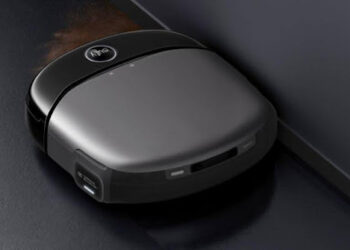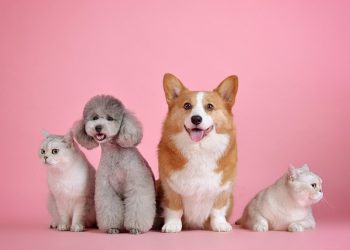In the competitive landscape of the furniture and home goods industry, customers engage in a multi-sensory evaluation process where they judge quality with their hands as much as with their eyes. While the exterior fabric of a pillow or cushion might capture initial attention and make the first sale, it’s the internal composition—the carefully engineered fill material—that ultimately determines long-term satisfaction, drives repeat business, and solidifies your brand’s reputation for quality. The selection of appropriate core materials extends far beyond mere comfort considerations; it represents a critical business decision that directly impacts product performance, customer loyalty, and overall profitability in ways that many manufacturers underestimate.
Engineering Comfort: A Technical Perspective
The science of fill materials requires understanding that different applications demand distinctly engineered solutions. For decorative back pillows that primarily serve aesthetic purposes with occasional use, a medium-to-high loft polyester fiberfill provides the perfect balance of shape retention and gentle support. However, the technical considerations become significantly more complex for functional pieces that endure daily use. Seat cushions, for instance, require materials that can withstand constant compression while returning to their original shape thousands of times. This is where advanced solutions like high-resiliency foam cores wrapped in fiberfill—a technique known in the industry as “encapsulation”—create the ideal combination of structural support and surface comfort.
The technical performance metrics of these materials tell a compelling story about their long-term value. Density measurements, typically expressed in weight per cubic foot, indicate not just firmness but longevity—higher density foams maintain their structural integrity far longer than their less dense counterparts. Compression resistance, measured through standardized tests like the IFD (Indentation Force Deflection) rating, predicts how the material will perform under continuous use. For upholstered furniture that must survive years of family life, these specifications become as important as the visual aesthetics. Additionally, advanced materials now include phase-changing technologies for temperature regulation, antimicrobial treatments for hygiene maintenance, and specialized fiber constructions that resist matting even in high-moisture environments.
The Economics of Scale in Material Procurement
For businesses producing soft furnishings at any significant volume, strategic material procurement becomes a determining factor in both product quality and financial viability. The economics of relying on retail-packaged raw materials simply don’t scale effectively, creating unnecessary cost inflation that either erodes profit margins or forces retail prices to uncompetitive levels. The transition to sourcing interior components in larger quantities directly from specialized industrial distributors represents not just a cost-saving measure, but a fundamental shift toward manufacturing excellence.
The financial advantages extend well beyond simple per-unit cost reductions. Bulk procurement eliminates the hidden expenses of multiple small shipments, reduces administrative overhead through consolidated ordering, and creates opportunities for strategic inventory management that can respond to fluctuating market demands. More importantly, it establishes a consistent supply chain that prevents production delays and ensures that every product leaving your workshop maintains the identical feel, quality, and performance characteristics that customers come to expect from your brand. This consistency in material sourcing becomes the foundation for manufacturing consistency, which in turn builds consumer trust and brand loyalty.
Quality as a Brand Promise
In an increasingly transparent marketplace where consumers share their experiences across social media and review platforms, consistency has emerged as the cornerstone of brand trust. A customer who purchases a cushion from your collection today and another in six months expects them to be identical in comfort, support, and quality. This level of reliability can only be achieved through rigorous material standardization and the use of uniform, high-grade fill materials across production batches.
The strategic investment in superior materials pays dividends across the entire business ecosystem. Premium fills with certified performance specifications dramatically reduce the risk of premature matting, lumping, or collapse—common failure points that lead to customer complaints, returns, and negative reviews. By contrast, products that maintain their comfort and appearance over years of use become walking advertisements for your brand’s commitment to quality. This reputation for durability and consistent performance creates the foundation for justifying premium price points, building customer loyalty that transcends seasonal trends, and establishing your brand as a leader in a crowded marketplace.

Conclusion
The true unsung hero of any high-quality cushion or pillow isn’t the luxurious outer fabric that first catches the eye, but the carefully engineered material within that creates the lasting impression. It is this internal foundation—this invisible architecture of comfort—that defines the user experience from the initial interaction to long-term satisfaction and resilience. Making strategic, informed decisions about these core components represents a direct investment in your product’s structural integrity and your brand’s future reputation. The thoughtful, technical approach to sourcing these essential materials, with attention to both performance specifications and commercial viability, is what ultimately separates market leaders from the competition. For manufacturers serious about scaling their operations while maintaining quality standards, exploring options for pillow stuffing bulk through industrial suppliers isn’t just a procurement strategy—it’s an essential component of sustainable business growth and market differentiation.







